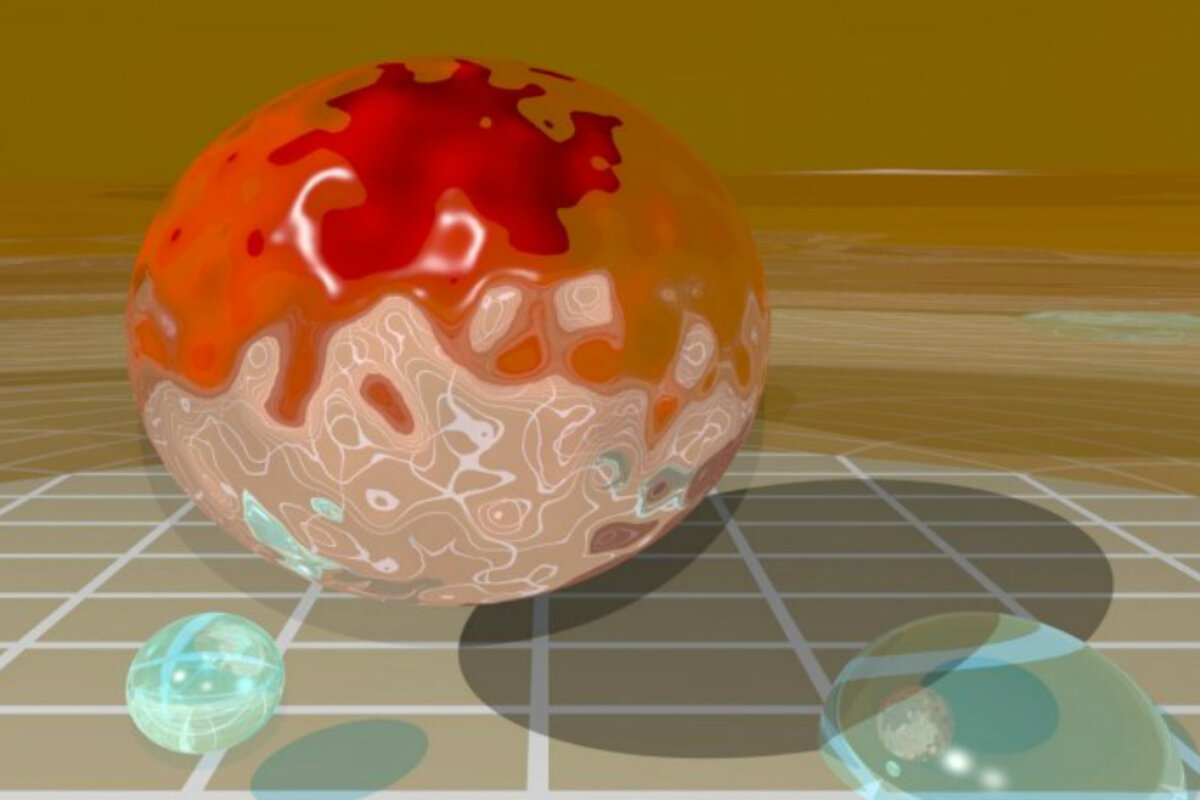Scientists develop new form of light
Loading...
Could a Frankenstein particle change quantum research for the better?
Physicists have described a new form of light produced by binding photons to single electrons. According to their study, published Friday in Nature Communications, the could be used in new photonic circuits and allow the study of quantum phenomena on the visible scale.
“The results of this research will have on the way we conceive light,” said lead author Vincenzo Giannini in a statement.
Photons are the basic particle component of light. When these particles come in contact with a material, they interact with numerous electrons on the material’s surface. Dr. Giannini, who lectures at Imperial College London’s physics department, sought to study the interaction of photons with a "recently discovered" class of materials called topological insulators.
Giannini’s team of physicists and material scientists developed digital models that would predict the interaction. Their models, which were based on a single nanoparticle made of a topological insulator, showed that light could interact with just one surface electron.
By coupling the two particles, researchers could combine certain properties of both. Light normally travels in a straight line, but when bound to a single electron, it could follow the electron’s path along a material surface. And, while electrons usually stop when they encounter a poor conductor, the addition of photons would allow the coupled particle to continue moving.
Photonic circuits can be used to power quantum simulators or applied to solid-state quantum memory systems, which are an essential component in quantum computers. Researchers say the coupled particle could improve the durability of photonic circuits, making them less susceptible to "disruption and physical imperfections."
Usually, quantum phenomena – such as superposition, wherein particles exist in two different states simultaneously – can be observed only in extremely small particles or in objects that have been supercooled. But a combined photon-electron could allow researchers to study these effects on the visible scale and at room temperature.
It should be possible to replicate the models using current technology, researchers say. To that end, Giannini and colleagues are working with experimental physicists to observe the coupling in a realtime experiment.
“Topological insulators were only discovered in the last decade,” Giannini says, “but are already providing us with new phenomena to study and new ways to explore important concepts in physics.”





